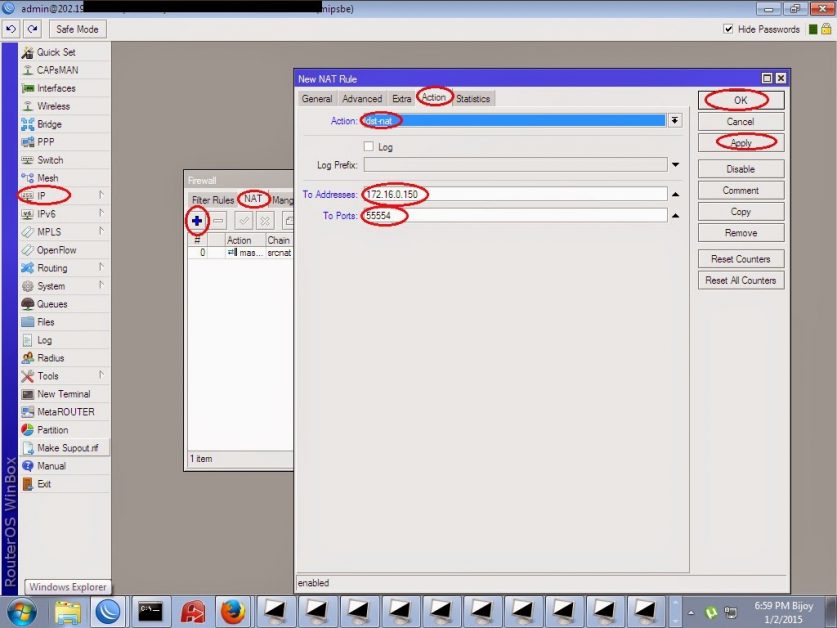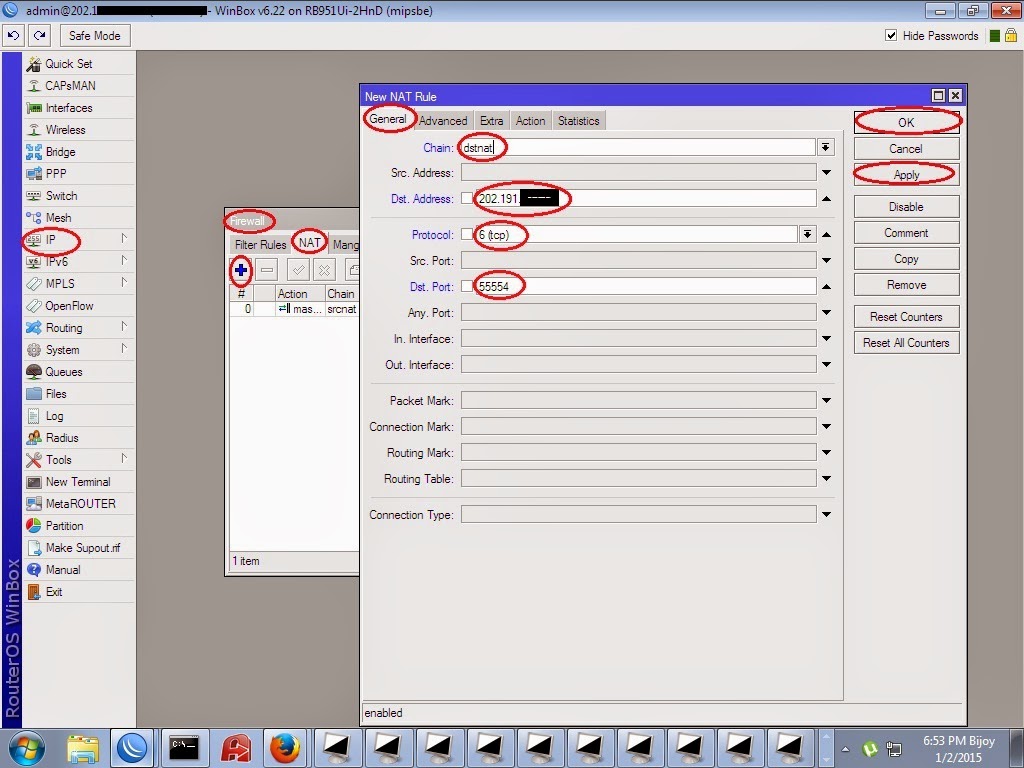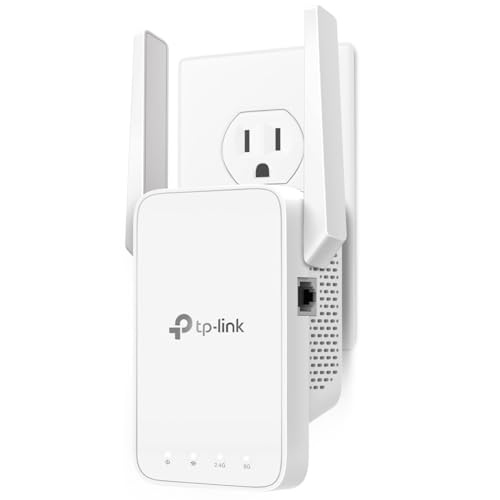Why Port forward is needed?
Port forwarding is the process of forwarding a request to a public IP and a port number to a local IP. Works from LAN to local IP and from outside to public IP.
Port forwarding is commonly used on servers to increase security. From the outside, many people scan different ports on the server and try to enter.
If the local IP of a particular port is forwarded to a public IP, other ports can be easily scanned off.
What is Port forwarding in MikroTik?
On your router, you can define what occurs while traffic comes out organized to a particular port and type of communications protocol. Source-Connect uses the user datagram protocol (UDP) and by default is hearing on ports 6000 and 6001.
In order, we assure your router that if traffic enters along with these ports, transmit the data immediately to the IP address from your Source-Connect computer. Local anesthetic port forwarding is the more common case of port forwarding.
Port forwarding is a way of guaranteeing that Source-Connect can build a joining. Entertain your network: you have an ISP, Cable with a router which associates to the internet, and one or a lot of computers joined to that modem/router.
How to work:
The router makes has a PUBLIC IP destination which whatever computer on the internet put up to attend.
Your computers associate internal to that router and have a PRIVATE IP destination. Your national network is secure and addressed from the public internet, which implies that extra computers generally can not detect you.
In order, interface forwarding is a way of specifically permitting the internet to ascertain sealed helps on your computer, for example, author- associate, when protective your computer from the internet as a whole.
Now I will configure how to port forward with MikroTik Router and step by step:
Step1: winbox > IP > Firewall > NAT + General > Chain=distnat > Dst. Address =202.191.0.0 (any Real IP) > Protocol=tcp > Dst.port =55554 > Apply > OK
Step2: IP > NAT + Action=dist nat > To Addresses =172.16.0.150 > Apply > OK





Leave a Reply
You must be logged in to post a comment.